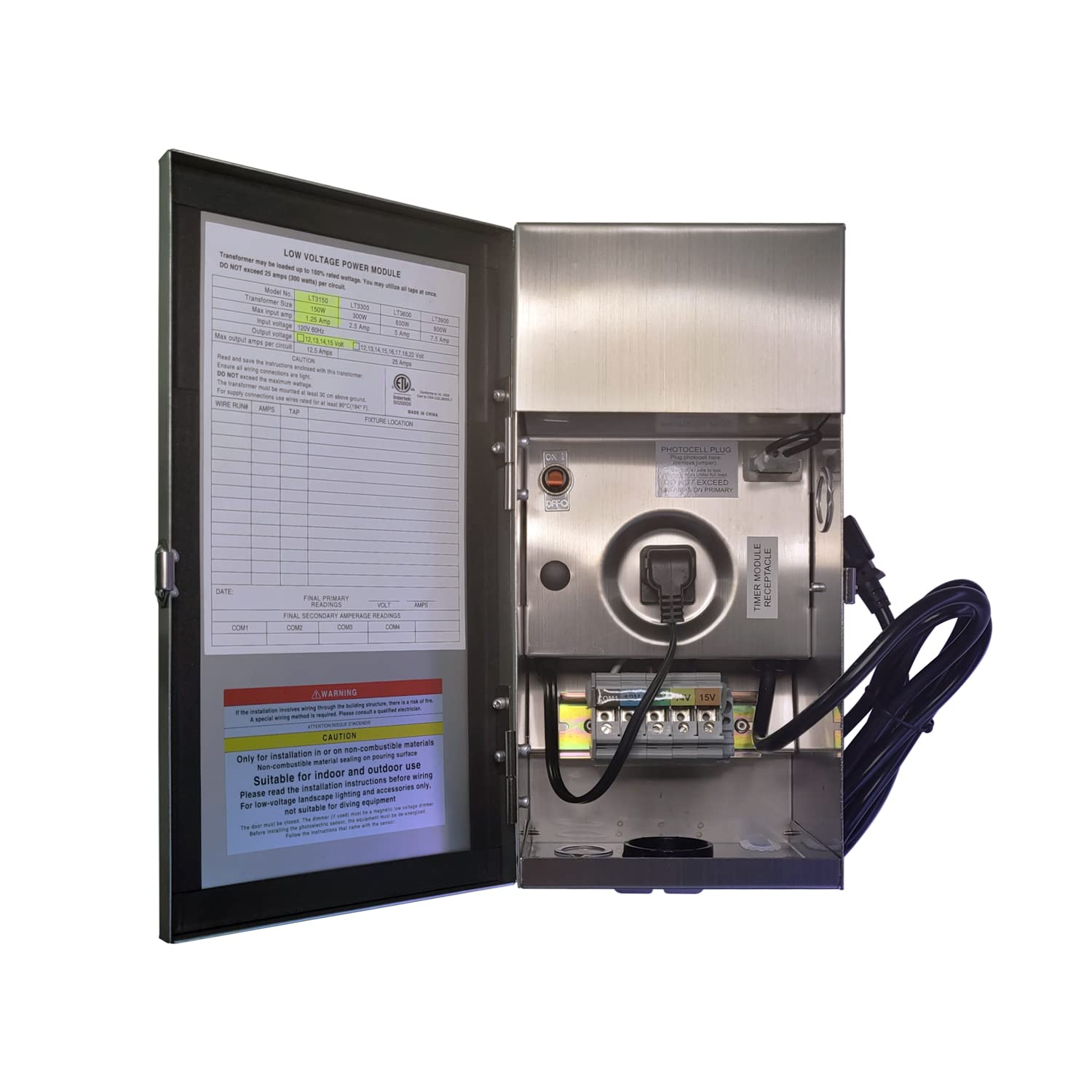When it comes to setting up your outdoor landscape lighting, one of the key components you need to consider is the transformer. The transformer is responsible for converting the standard household voltage to a lower voltage suitable for your landscape lighting system. Choosing the right transformer is crucial for ensuring the proper functioning and longevity of your outdoor lights. Let's delve into the world of landscape lighting transformers and simplify the installation process.

Understanding the Role of Transformers
Transformers play a vital role in your landscape lighting system by regulating the voltage that powers your lights. They help prevent voltage fluctuations and ensure a consistent flow of electricity to your outdoor fixtures. By selecting the appropriate transformer, you can protect your lights from damage and extend their lifespan.
Factors to Consider When Choosing a Transformer
When selecting a transformer for your landscape lighting, there are several factors to keep in mind. One of the primary considerations is the total wattage of your lighting system. You need to choose a transformer that can accommodate the total wattage of all your fixtures to avoid overloading the system.
Another important factor is the voltage output of the transformer. Most landscape lighting systems operate on 12 volts, so make sure to select a transformer that provides the correct voltage for your fixtures. Additionally, consider the location of the transformer and ensure it is installed in a dry, well-ventilated area to prevent overheating.
Types of Transformers
There are two main types of transformers used in landscape lighting: magnetic transformers and electronic transformers. Magnetic transformers are known for their durability and reliability, making them a popular choice for outdoor applications. On the other hand, electronic transformers are more energy-efficient and compact, making them ideal for smaller lighting systems.
When choosing between magnetic and electronic transformers, consider the size of your lighting system, energy efficiency requirements, and budget constraints. Both types have their advantages and drawbacks, so weigh your options carefully before making a decision.
Installation Process Simplified
Installing a transformer for your landscape lighting doesn't have to be a daunting task. Start by selecting a suitable location for the transformer, ensuring it is close to a power source and within reach of your lighting fixtures. Follow the manufacturer's instructions for wiring the transformer, making sure to connect the input and output wires correctly.
Once the transformer is wired, test the system to ensure all lights are functioning properly. Make any necessary adjustments to the voltage settings or wiring connections to optimize the performance of your landscape lighting. With the right transformer in place, you can enjoy a beautifully illuminated outdoor space for years to come.







